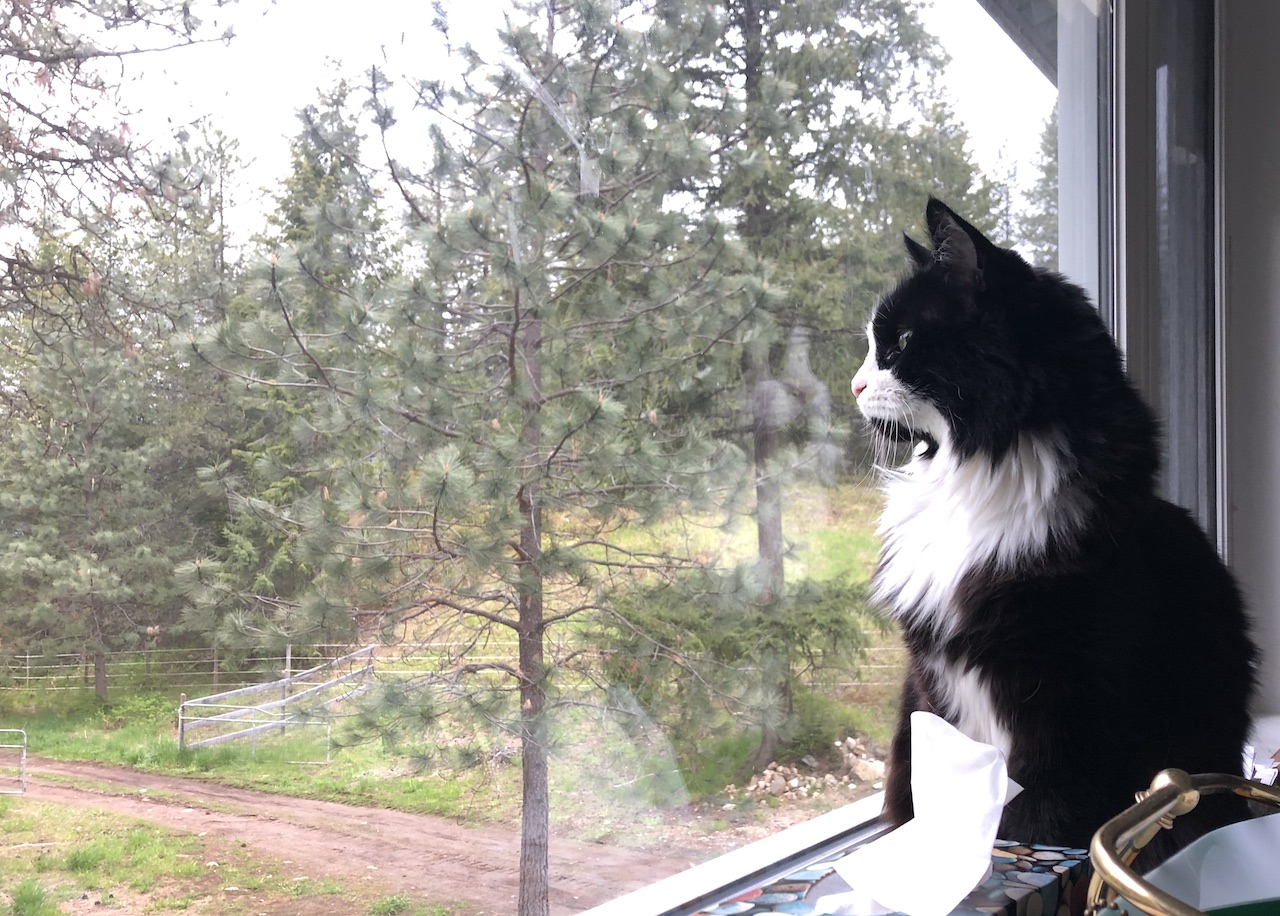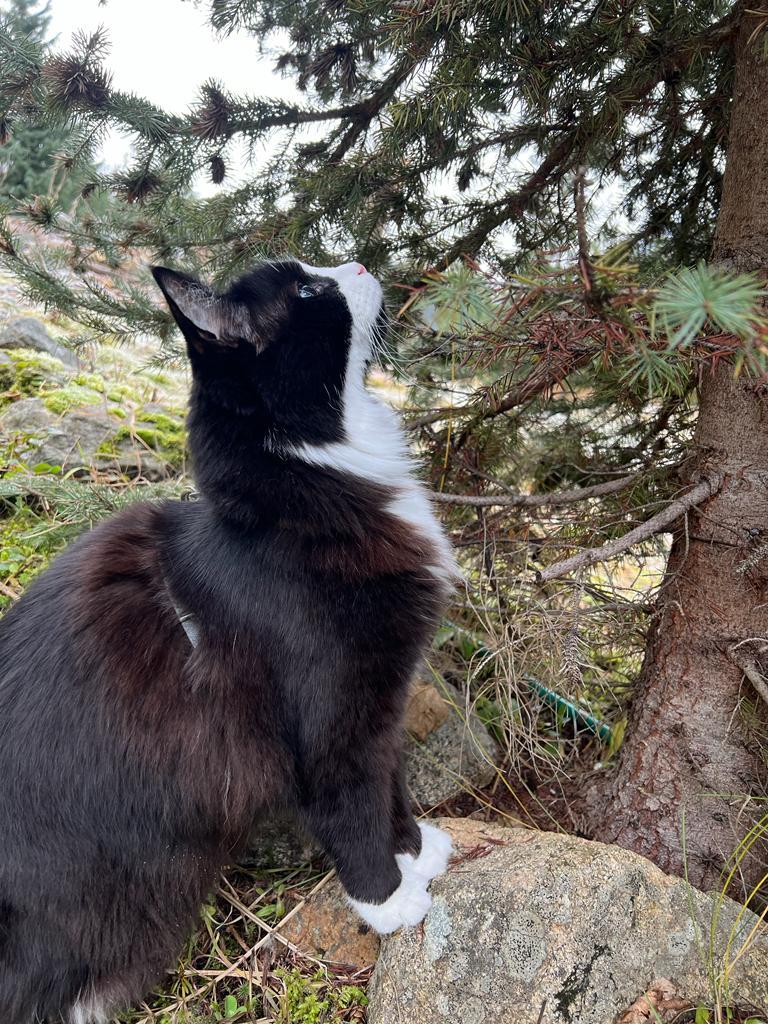“Community is probably the best investment you can make.” ~ Charles Eisenstein
When we hear the word “investing,” most of us think about financial wealth—savings accounts, stock portfolios, or retirement funds. While financial capital is undeniably important, it is far from the only form of wealth that ensures resilience and fulfillment in life.
True resilience—what allows us to thrive no matter what challenges arise—is built by nurturing all the forms of wealth that sustain us as individuals, families, and communities. Aside from financial capital, there are 7 other kinds of wealth:
Social Capital
This is your network of relationships—family, friends, and community—and is a profound source of comfort, support and opportunity.
Cultural Capital
The shared values, ethics, traditions, and knowledge that strengthen communities and provide a sense of identity. In the case of permaculture (and as a permaculture-guided community, Big Calm) shared ethics include:
- Earth Care: preserving and nurturing the natural world, reducing consumption and minimizing human impact to maintain biodiversity
- People Care: ensuring the well-being of individuals and communities through cooperation, fairness, and shared prosperity
- Fair Share: the equitable distribution of resources and surplus
Material Capital
The physical goods and resources you and/or your community own—homes, tools, and equipment—that can sustain individual/community needs or help build a self-reliance.
Intellectual Capital
Knowledge and skills are assets that cannot be taken away. Investing in education, training, and the curiosity to keep learning pays dividends in adaptability and innovation.
Living Capital
This refers to the natural systems we rely on: soil health, clean water, air quality, and biodiversity. Often undervalued in traditional economic systems, these resources are critical to survival.
Spiritual Capital
A sense of purpose and connection to something greater than oneself fosters resilience during life’s inevitable challenges and helps us navigate uncertainty.
Experiential Capital
Life is the sum of our experiences. Traveling, creating art, or spending time in nature expands our horizons and enriches our sense of what it means to live well.
Why This Matters More Than Ever
Our modern systems are designed to prioritize financial wealth above all else, but that model is failing us. Economic uncertainty, environmental degradation, and social disconnection have shown us that focusing on financial returns alone is not sustainable. Resilience comes from diversifying our portfolios with positions in all 8 kinds of capital, for example:
- Build Connections: Volunteer in your community, host gatherings, and participate in collaborative projects to strengthen social capital.
- Care for Nature: Plant a garden, restore native habitats, or support conservation efforts
- Learn Continuously: Pick up new skills or hobbies that align with your values to build self-reliance and enhance well being
- Simplify Ownership: Invest in quality tools and resources rather than accumulating unnecessary possessions
- Create Culture: Tell stories, share your traditions and create new ones
When we expand our understanding of wealth, we free ourselves from the treadmill of accumulating money at the expense of everything else. Instead, we create lives that are rich in relationships, knowledge, and purpose—a wealth that no market crash can erode. It’s the cumulative effect of nurturing all forms of capital that leads to a resilient and fulfilling life.






































































